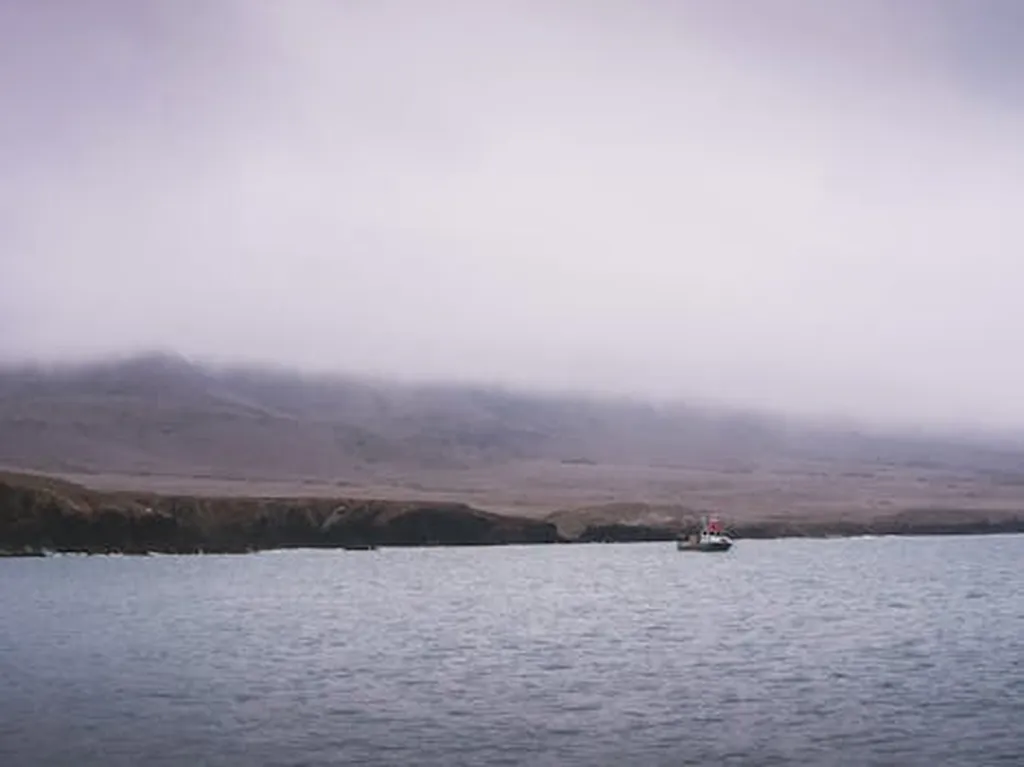In a significant stride for remote sensing technology, researchers have developed a new deep learning model that promises to revolutionize how we analyze aerial and satellite imagery. The model, dubbed MKF-NET, is the brainchild of Ning Ye and his team at the College of Information Science and Technology & Artificial Intelligence, Nanjing Forestry University. The study, published in the journal ‘Applied Sciences’ (translated from Spanish), tackles the persistent challenges of semantic segmentation in remote sensing images, offering a tool that could greatly benefit maritime sectors.
Remote sensing images, captured from aerial or satellite platforms, are invaluable for environmental monitoring, urban planning, agricultural management, and disaster response. However, the complex and diverse nature of ground coverage and spectral characteristics in these images often leads to blurred target boundaries and difficulty in recognizing small-scale objects. This is where MKF-NET steps in.
The model combines KAN convolution and Vision Transformer (ViT), leveraging multi-scale feature extraction and a dense connection mechanism to significantly improve semantic segmentation performance. In simpler terms, it’s a sophisticated tool that can accurately interpret and categorize the vast amounts of data contained in remote sensing images.
The team conducted experiments on the LoveDA dataset to evaluate MKF-NET’s performance against several existing deep learning models. The results were impressive: MKF-NET achieved a pixel precision of 78.53%, a pixel accuracy of 79.19%, an average class accuracy of 76.50%, and an average intersection-over-union ratio of 64.31%. These metrics indicate that the model is highly reliable and accurate in its interpretations.
For the maritime industry, the implications are substantial. Accurate semantic segmentation of remote sensing images can enhance maritime surveillance, aid in disaster management, and improve coastal and marine environmental monitoring. For instance, it can help in tracking marine debris, monitoring coral reefs, or even predicting weather patterns that could affect maritime operations.
Ning Ye, the lead author of the study, explains, “The fusion of KAN convolution and Vision Transformer, combined with the multi-scale feature extraction and dense connection mechanism, significantly improves the semantic segmentation performance of remote sensing images.” This advancement could lead to more efficient and effective use of remote sensing data in maritime applications.
Moreover, the model’s ability to recognize small-scale objects and handle blurred boundaries can be particularly beneficial in maritime contexts. It can help in identifying small vessels, detecting changes in coastal areas, or even monitoring marine wildlife.
The study, published in ‘Applied Sciences’, opens up new avenues for remote sensing technology in the maritime sector. As Ning Ye puts it, “MKF-NET provides efficient technical support for remote sensing image analysis.” This support could translate into improved safety, efficiency, and sustainability in maritime operations.
In conclusion, the development of MKF-NET marks a significant step forward in remote sensing technology. Its potential applications in the maritime sector are vast and promising, offering new opportunities for innovation and improvement in maritime surveillance, disaster management, and environmental monitoring. As the technology continues to evolve, we can expect to see even more exciting developments in this field.

